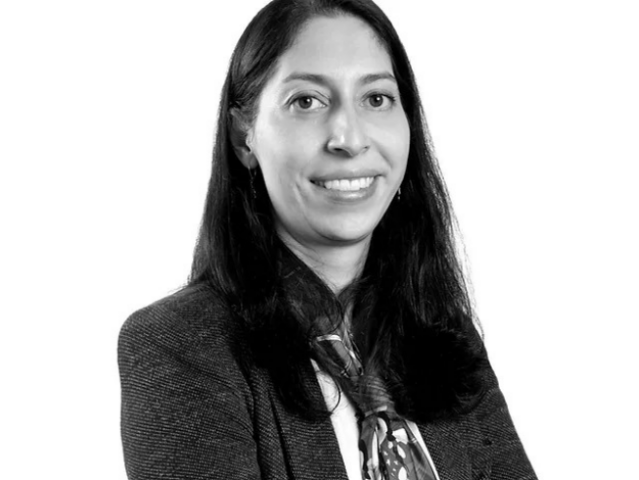Hurricanes, earthquakes, wildfires, floods, power cuts, communications failures, human errors, pandemics… any one of these scenarios could mean a human catastrophe, as well as affect people’s day-to-day lives.
Resilience is a concept that both academics and scientists use to refer to the possible solutions to these scenarios where there seems to be no way out.
During the International Conference on Resilient Systems 2023, which was held at Tec de Monterrey, experts from various countries shared their research on this topic, how it is applied in water infrastructure, hospitals, socially, and even from a philosophical perspective.
According to Miguel Ángel Santos, Dean of the School of Government and Public Transformation, resilience is currently one of the most important attributes.
“Resilience, at its core, embodies the remarkable ability of systems, individuals, communities, and nations to adapt, overcome, and thrive in the face of adversity. It is a quality that enables systems to navigate through turbulent times, to withstand shocks and disturbances while maintaining its essential core, its pillars and structure, function and identity. It is all about the ability to bounce back and even bounce stronger: to thrive in the face of challenges or changing conditions”, said Santos during the opening of the event.
He added that the conference’s aim is to account for the diversity of perspectives on resilience in different disciplines, as well as thinking of a way to unite them.

Miguel Ángel Santos, Dean of the Tec de Monterrey’s School of Government and Public Transformation, during the International Conference on Resilient Systems. (Photo: Israel Pérez / TecScience)
Mathematical models to anticipate consequences
Infrastructure such as hospitals, roads, bridges, or power stations are prone to damage during catastrophes such as earthquakes or floods, so anticipating the consequences is one of the challenges of resilience in this area.
For Elise Miller-Hooks, an expert in resilient infrastructure systems from George Manson University, it’s important to understand that damaging scenarios do not just affect single systems but the set of systems making it work, for example, in hospitals.
“Some people only think about flooding, but I like to think with a multi-hazard approach. If you make a decision for only one risk, you could make things worse,” she explained.
Miller gave an example of this in a hospital in New York where, after the attack on the Twin Towers, generators were placed in the building’s basement.
However, it was the first area to flood during Hurricane Sandy in 2012, and they therefore had no electricity to operate. What’s more, hospitals are generally not designed to be evacuated.
The expert’s work is focused on mathematically modeling all scenarios, their consequences, and possible solutions to a catastrophe. This means considering any infrastructure as part of another system that could also be affected, such as electricity or water supply.
One of the goals is to reduce the time in which one or several hospitals, for example, could re-establish service if the relevant variables are considered.


















